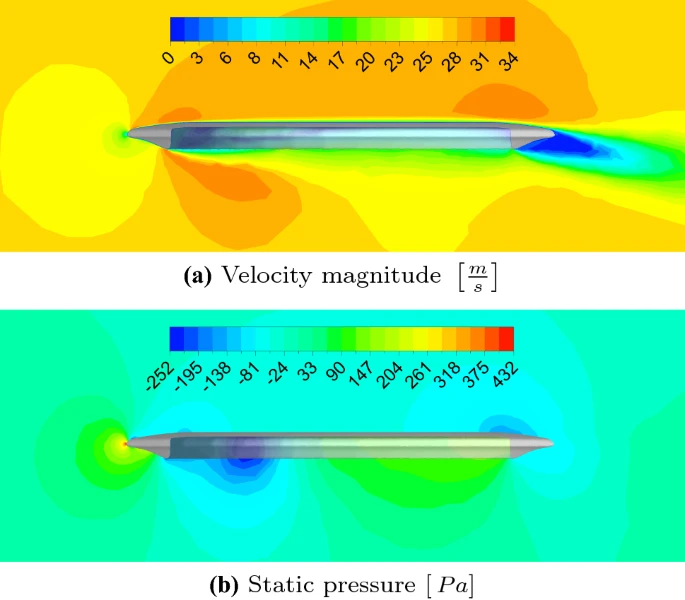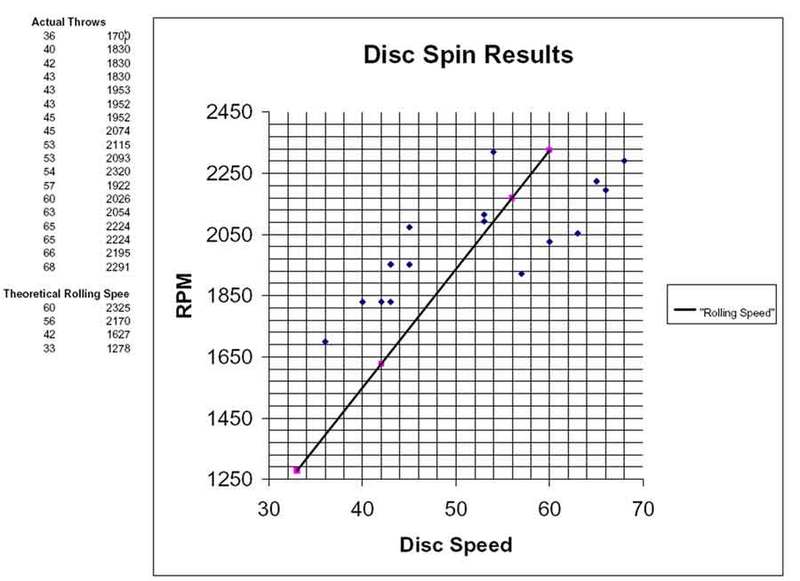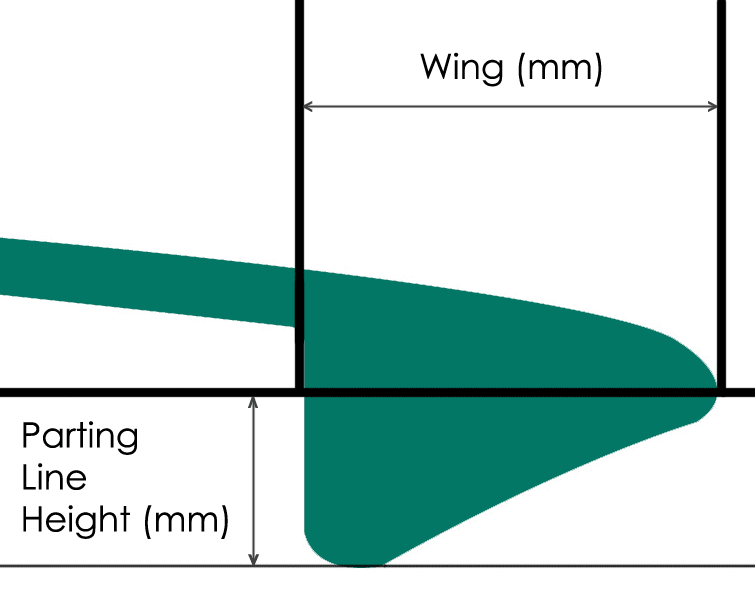Brychanus
* Ace Member *
This thread is intended to focus discussion on disc flight modeling and mechanics from a scientific perspective. In that case, I want to link directly to peer-reviewed sources on modeling, controlled studies, and simulations.
Frisbee aerodynamics
Associated images boiling it down
The physics of frisbees
Disc golf trajectory modelling
related scripts
social media source
Optimal disc design using modeling and machine learning
One topic I remain interested in is the "dimple tech" hypothesis and other potential sources of variance as discs get beat up.
It's also potentially fun to list available public tools like thedisclab that involve some simulations or data sources here.
Obligatory "science-y" picture from the Optimal Disc Design paper:

Frisbee aerodynamics
Associated images boiling it down
The physics of frisbees
Disc golf trajectory modelling
related scripts
social media source
Optimal disc design using modeling and machine learning
One topic I remain interested in is the "dimple tech" hypothesis and other potential sources of variance as discs get beat up.
It's also potentially fun to list available public tools like thedisclab that involve some simulations or data sources here.
Obligatory "science-y" picture from the Optimal Disc Design paper:




